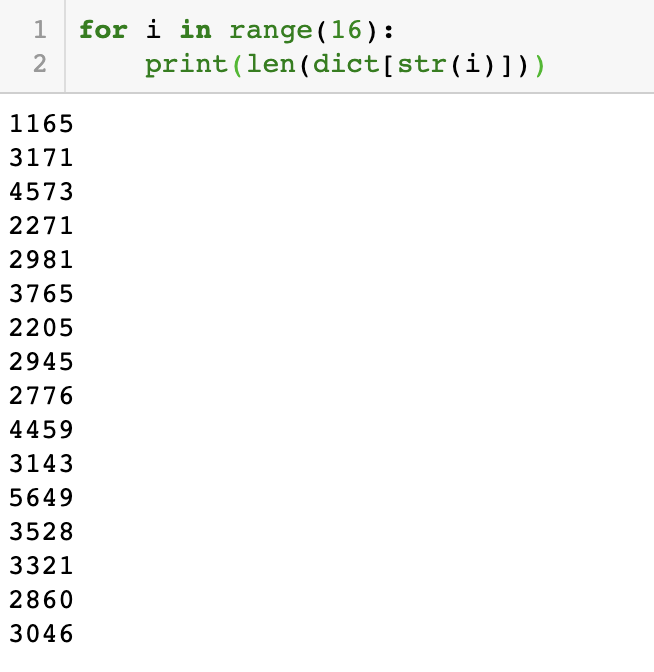Human Motion Analysis with Deep Metric Learning
Effectively measuring the similarity between two human motions is necessary for several computer vision tasks such as gait analysis, person identi- fication and action retrieval. Nevertheless, we believe that traditional approaches such as L2 distance or Dynamic Time Warping based on hand-crafted local pose metrics fail to appropriately capture the semantic relationship across motions and, as such, are not suitable for being employed as metrics within these tasks. This work addresses this limitation by means of a triplet-based deep metric learning specifically tailored to deal with human motion data, in particular with the prob- lem of varying input size and computationally expensive hard negative mining due to motion pair alignment. Specifically, we propose (1) a novel metric learn- ing objective based on a triplet architecture and Maximum Mean Discrepancy; as well as, (2) a novel deep architecture based on attentive recurrent neural networks. One benefit of our objective function is that it enforces a better separation within the learned embedding space of the different motion categories by means of the associated distribution moments. At the same time, our attentive recurrent neural network allows processing varying input sizes to a fixed size of embedding while learning to focus on those motion parts that are semantically distinctive. Our ex- periments on two different datasets demonstrate significant improvements over conventional human motion metrics.
PDF Abstract ECCV 2018 PDF ECCV 2018 Abstract



 Human3.6M
Human3.6M